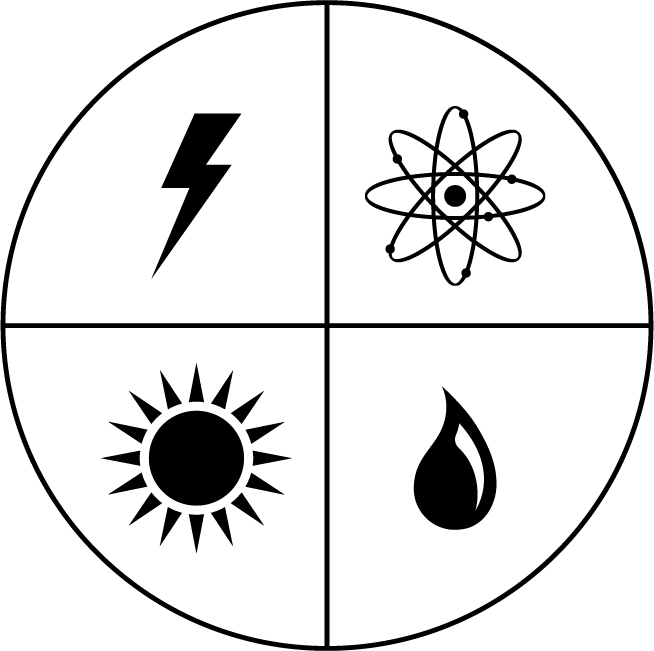Why this cost estimate is high
As this estimate hinged on several assumptions, care was taken to minimize any assumed reductions in future costs that would almost certainly be present once Scarcity Zero was implemented. The cost of any system at scale always costs less than the overnight cost, all the more so with systems implemented on a massive scale. There are several additional factors that would drive costs down even lower.
Learning Ratio: As we saw within Chapter 4 (and elsewhere in this writing) learning ratio is the applied concept of 'learning by doing,' which means price reductions come through learned efficiencies and experience by building systems. The 'ratio' aspect of it is the reduction in price every time the number of produced units doubles. If it's a 10% ratio after the 100th produced unit, unit number 200 would cost 10% less than unit number 100. Unit number 400 would cost 10% less than unit number 200, and 20% less than unit number 100, and so on. If you recall back to the original invention of computers, flat screen televisions, smartphones, etc., the models we see today are vastly superior and less expensive than the initial releases they evolved from. Energy technologies are no different.
Further, learning ratio applies especially in the case of Scarcity Zero’s because most of the framework’s technologies are in their technical infancy and stand to enjoy substantial improvements through greater investment and research. Their overnight cost may be $5 trillion today, but over time – and especially with purchase orders on scale – that figure will drop as it has in every other industry without exception. Yet as it's prohibitively difficult to accurately assess what these reductions might look like in actuality, they were not incorporated in the pricing estimate. However, in reality they would be significant.
Energy Plants: Energy Plants are the envisioned approach for large-scale implementation of Scarcity Zero's power, hydrogen fuel and fresh water resources because they can operate in a cogenerating capacity. As they can use the waste/excess energy from one facility to power the functions of another in the same physical footprint, the energy costs to perform functions like water desalination and hydrogen production drop drastically. Just as importantly, the capital expenses of constructing power plants incorporates the cost of buying land. By building multiple systems within the same facility, the cost of land is proportionally shared – as are the costs of construction. This would make Energy Plants less expensive than the estimated costs to build each system standalone.
Energy cost reductions: Scarcity Zero's primary purpose is to generate an effectively unlimited amount of energy at a low enough cost to make possible the large-scale synthesis of critical resources and address climate change. Yet while this is intended to solve the core, pressing problems of our civilization, it also makes it a lot less expensive to do business and manufacture things. Energy costs are a huge component of a company's bottom line, especially in manufacturing – figures we assessed earlier to be hundreds of billions in aggregate.
If we're able to reach Scarcity Zero's target of 2 cents per kilowatt hour, that's hundreds of billions of dollars that businesses save when building products they take to market – systems behind Scarcity Zero being no exception. That's billions of dollars that longer need to be incorporated in the per-unit delivery cost of energy and resource production systems, which in turn presents billions of dollars in cost savings to their large-scale purchase and implementation.
Direct energy sales: even at drastically reduced rates of 2 cents per kilowatt-hour, the sale of 8.34 trillion kilowatt-hours returns a tidy sum – some $168.8 billion annually, 1.68 trillion per decade. Over time, this can and will offset the costs of Scarcity Zero’s infrastructure. In conjunction with foreign sales through The Public Interest Company, this could reach a faster point of profitability as global adoption expands.
Reduced social afflictions: Scarcity Zero is designed to solve resource scarcity and climate change so that unlimited energy and resources in turn can solve the myriad social afflictions fueled by resource scarcity. These afflictions consume immense funds, time and concentration from our society: poverty, crime, economic depression, failing infrastructure, lost hope, lackluster employment and rampant drug addiction among them. All of these problems consume huge percentages of public budgets. As dramatically reduced energy and resource costs address these afflictions, the resources we presently devote to their mitigation can be spared in kind – saving even more money.
With the presence of these cost reductions in practice it is highly likely that the present cost estimate for Scarcity Zero's implementation is skewed significantly higher, thus any cost savings we can obtain along the way, should this model be implemented, would simply be "gravy" on top and allow us to increase any scale of implementation in kind.
Pages
- « first
- ‹ previous
- 1
- 2
- 3
- 4
